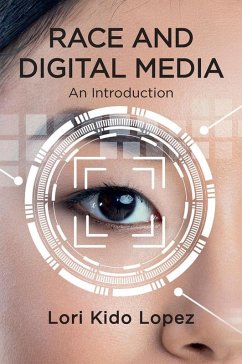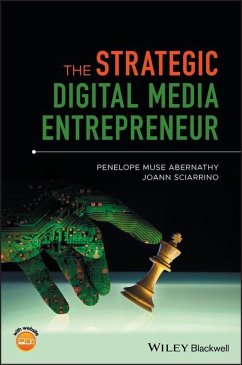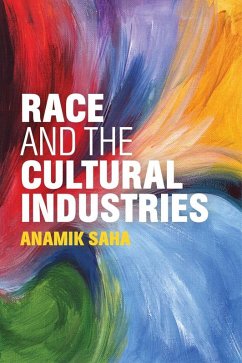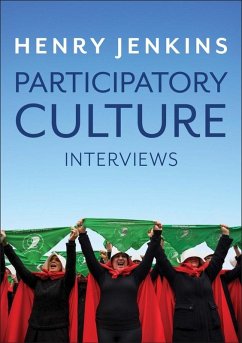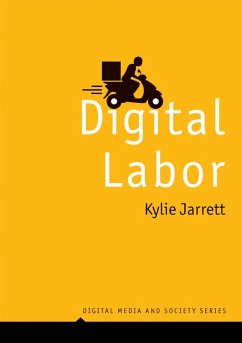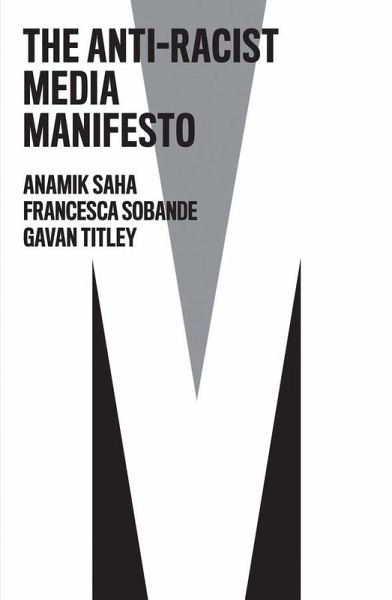
The Anti-Racist Media Manifesto (eBook, ePUB)
Versandkostenfrei!
Sofort per Download lieferbar
10,49 €
inkl. MwSt.
Weitere Ausgaben:

PAYBACK Punkte
0 °P sammeln!
How can we make media anti-racist?The rise of the far right, the impacts of Covid-19, and the mediated evidence of racist police violence have challenged the dominant complacency that racism was a thing of the past. We are now witnessing the renewed anti-racist commitment of social movements and the rising authoritarianism that seeks to suppress it. Rather than making media 'less racist', how can media systems be transformed in ways that actively challenge the production of racism? What should an anti-racist media look like?Saha, Sobande and Titley address these timely questions to outline the...
How can we make media anti-racist?
The rise of the far right, the impacts of Covid-19, and the mediated evidence of racist police violence have challenged the dominant complacency that racism was a thing of the past. We are now witnessing the renewed anti-racist commitment of social movements and the rising authoritarianism that seeks to suppress it. Rather than making media 'less racist', how can media systems be transformed in ways that actively challenge the production of racism? What should an anti-racist media look like?
Saha, Sobande and Titley address these timely questions to outline the essential steps for working towards an anti-racist media future. Revealing how the media are implicated in racism, the authors consider how systems, policies and practices can be transformed to confront and prevent it. Focusing on the problems of impartiality, the limits of diversity and representation, and the contradictions of digital culture, this manifesto illuminates key strategies and suggestions to move us closer to an anti-racist media future for everyone.
The rise of the far right, the impacts of Covid-19, and the mediated evidence of racist police violence have challenged the dominant complacency that racism was a thing of the past. We are now witnessing the renewed anti-racist commitment of social movements and the rising authoritarianism that seeks to suppress it. Rather than making media 'less racist', how can media systems be transformed in ways that actively challenge the production of racism? What should an anti-racist media look like?
Saha, Sobande and Titley address these timely questions to outline the essential steps for working towards an anti-racist media future. Revealing how the media are implicated in racism, the authors consider how systems, policies and practices can be transformed to confront and prevent it. Focusing on the problems of impartiality, the limits of diversity and representation, and the contradictions of digital culture, this manifesto illuminates key strategies and suggestions to move us closer to an anti-racist media future for everyone.
Dieser Download kann aus rechtlichen Gründen nur mit Rechnungsadresse in D ausgeliefert werden.




